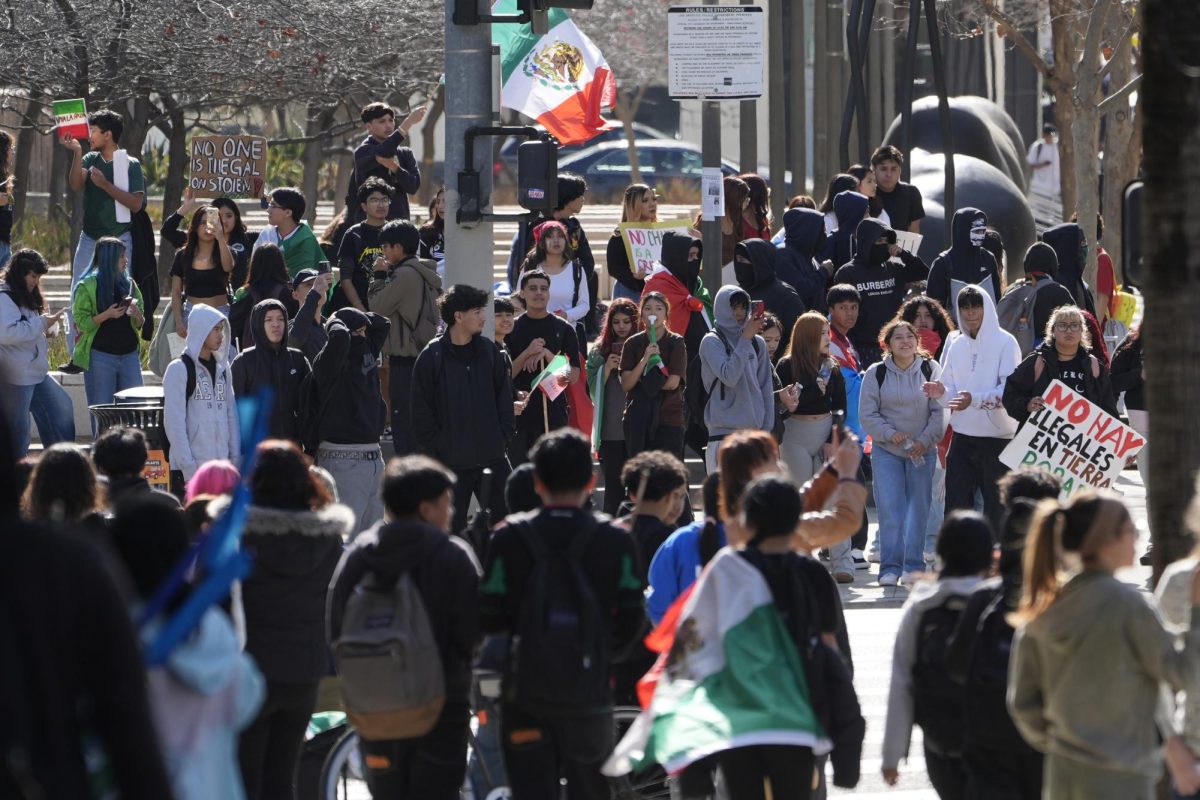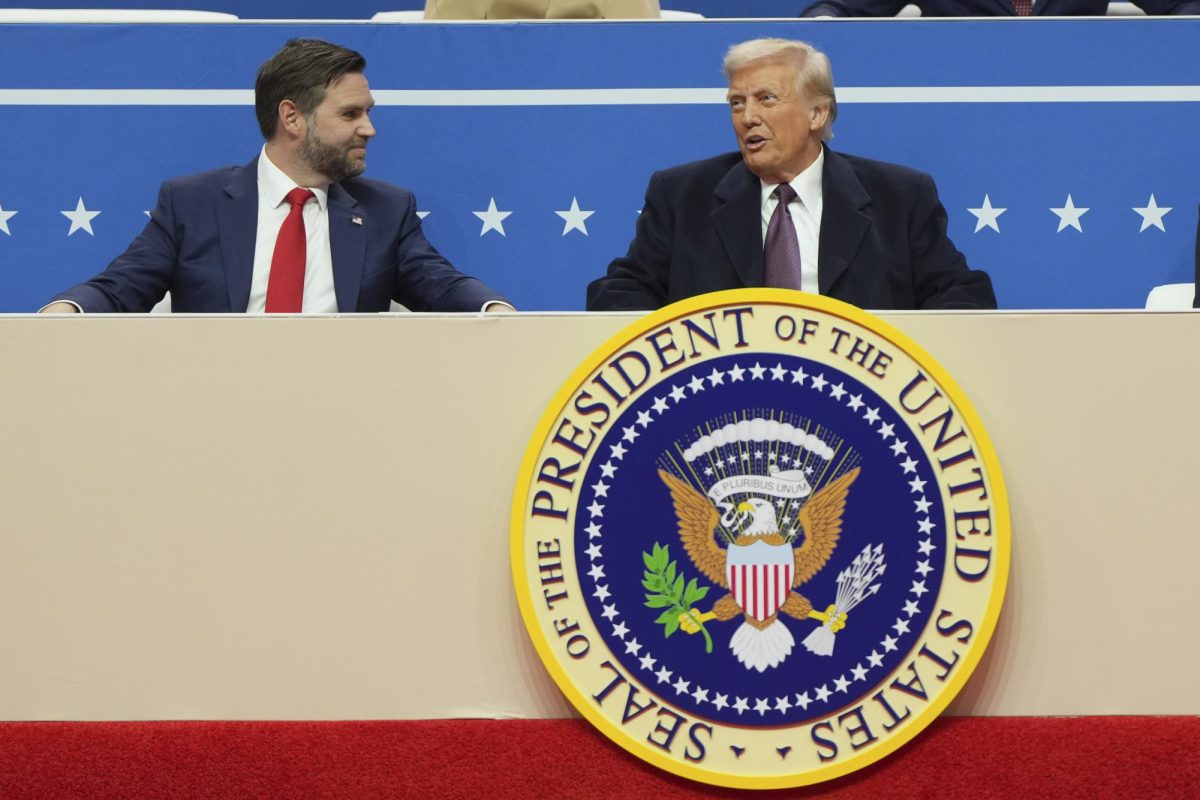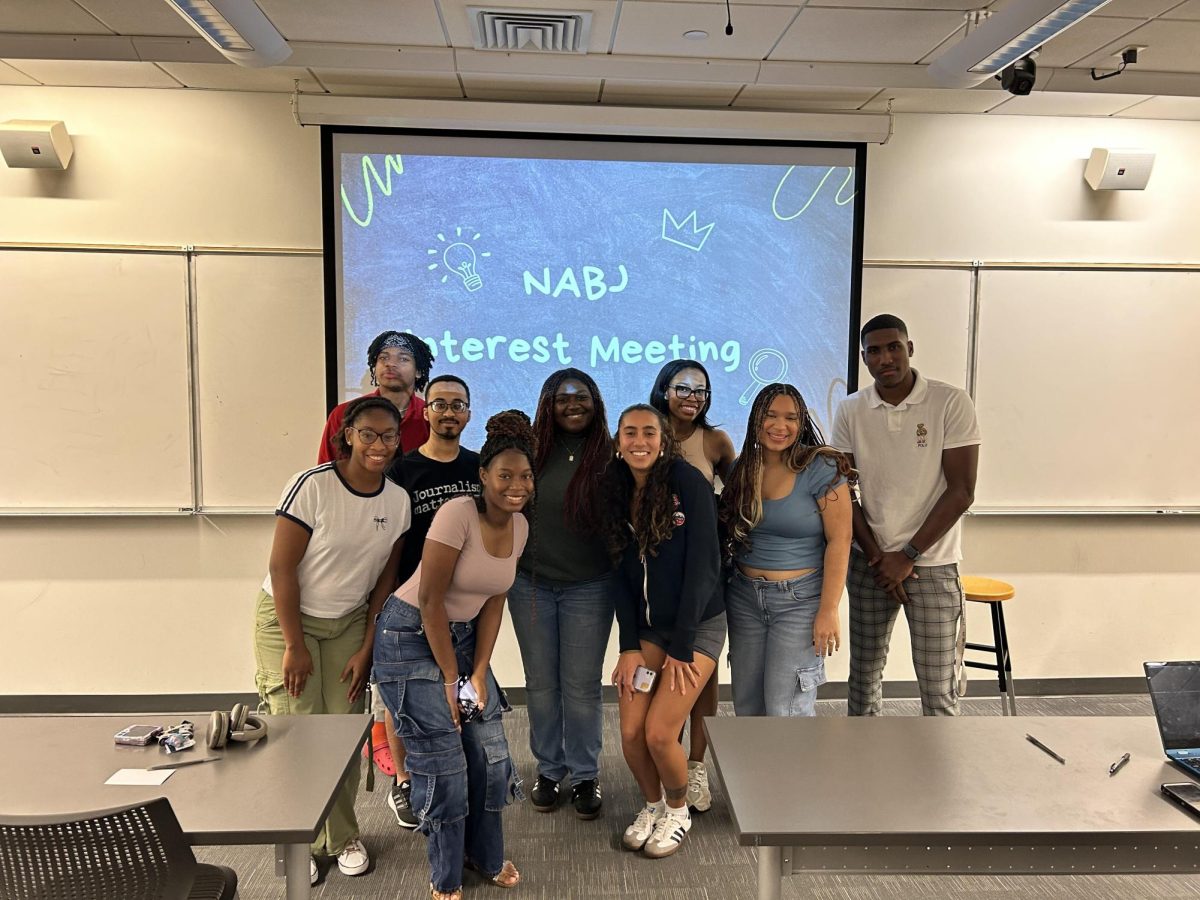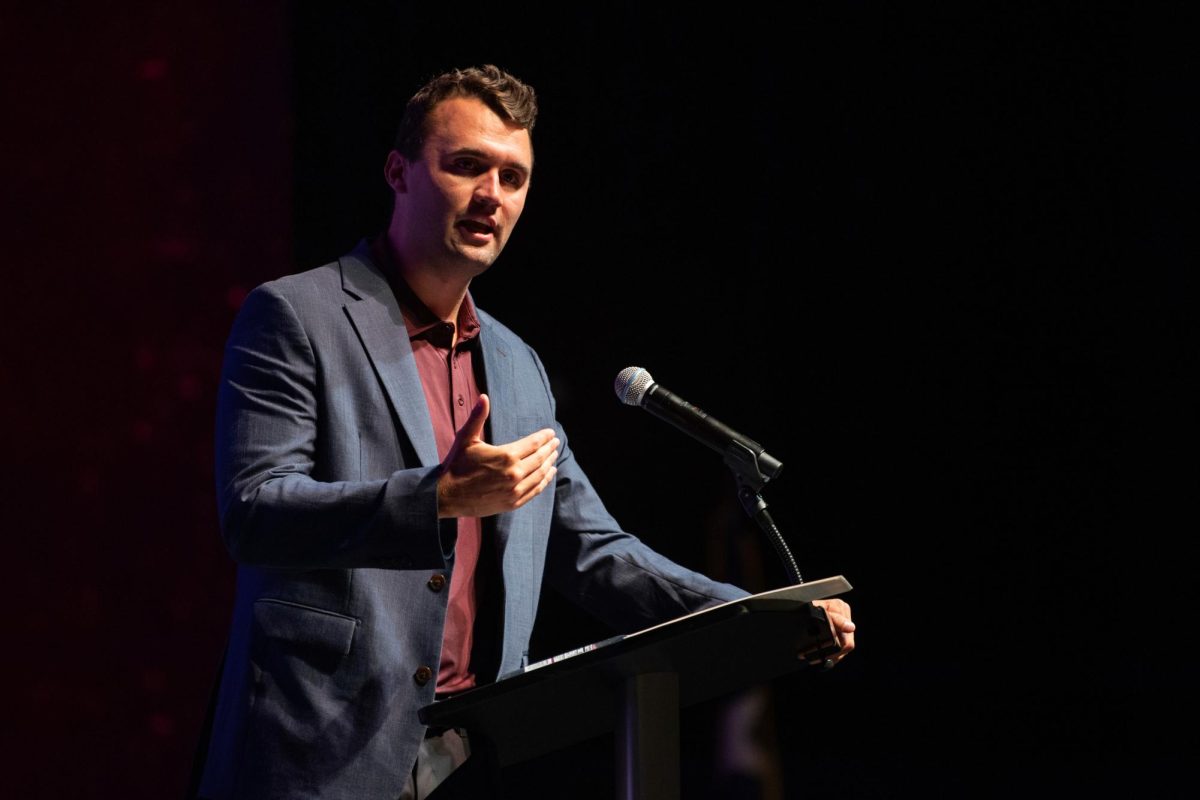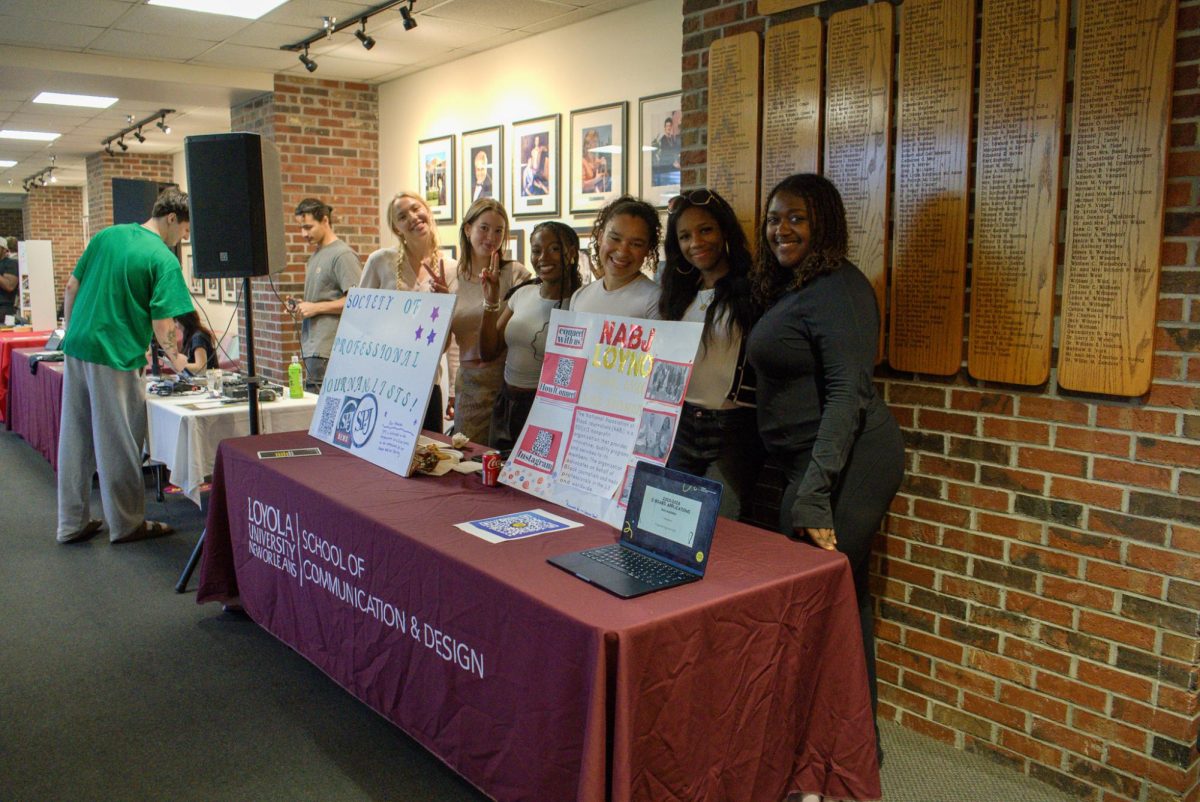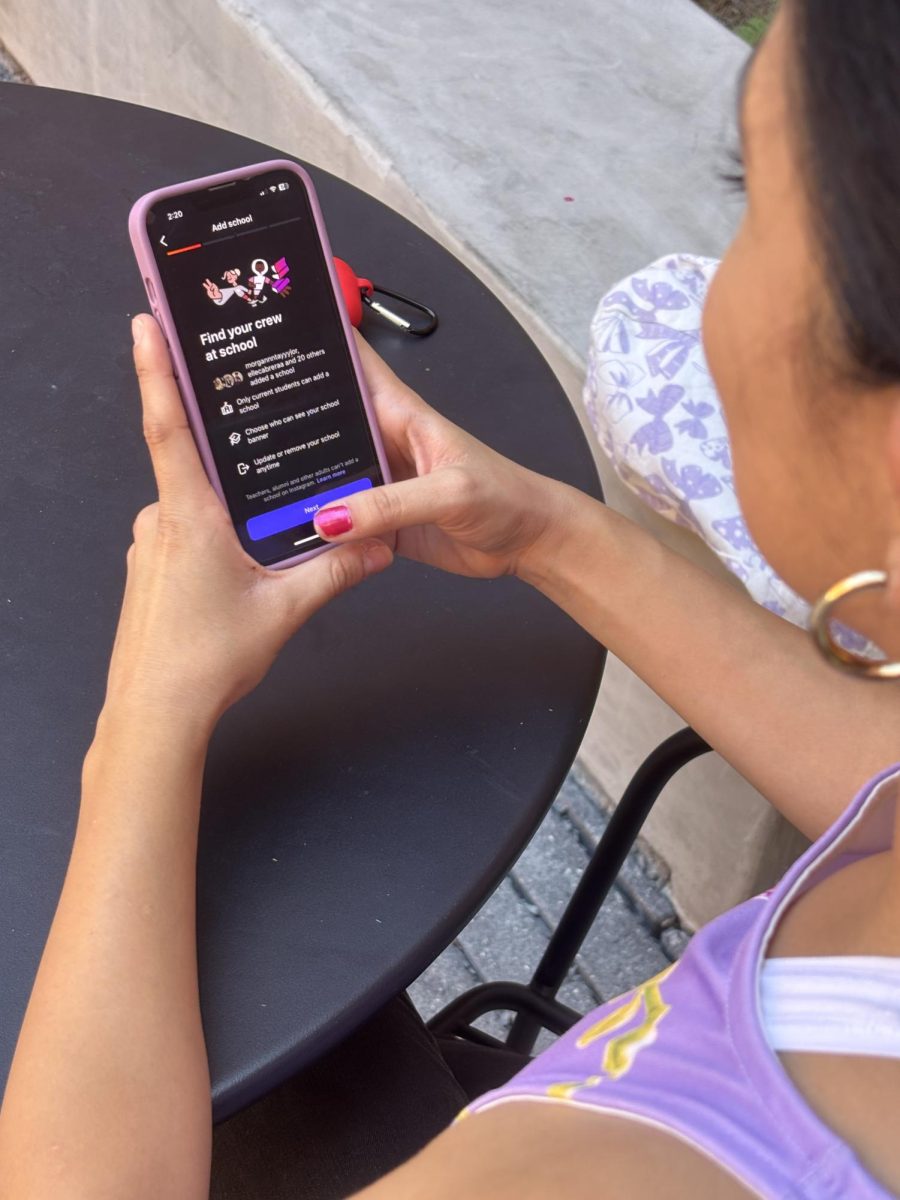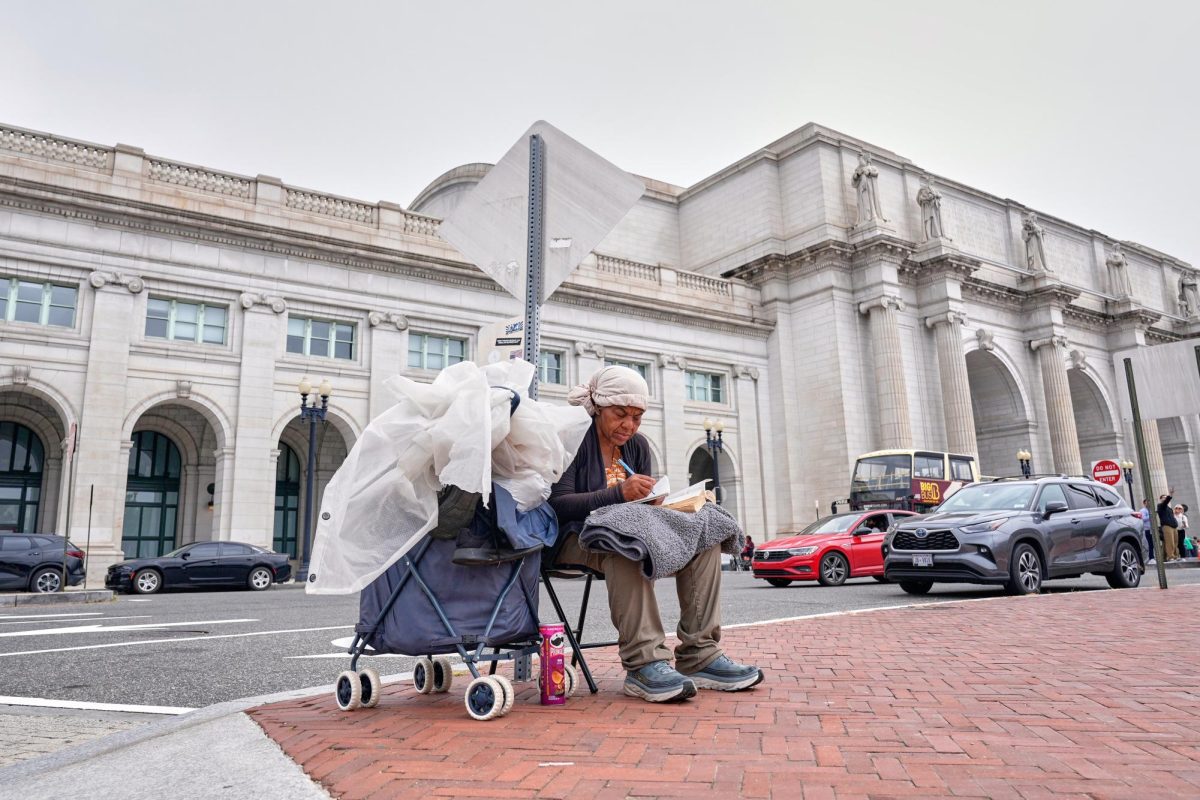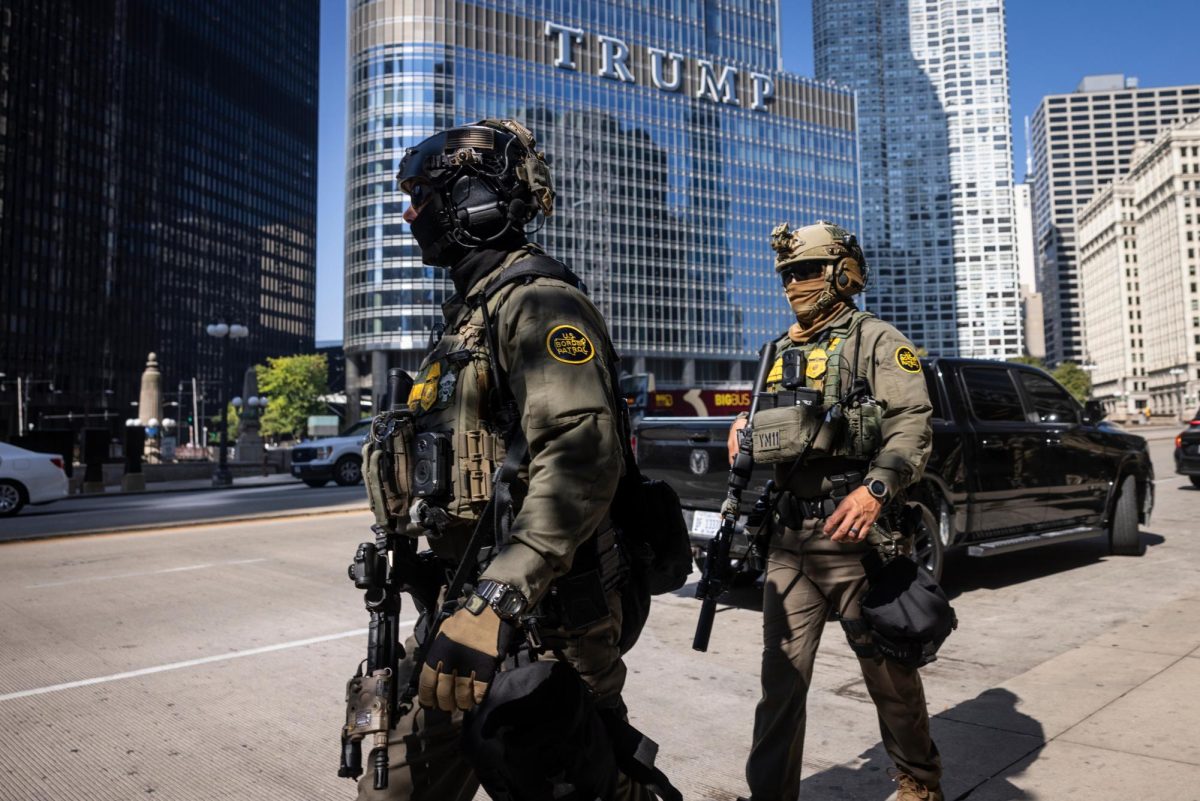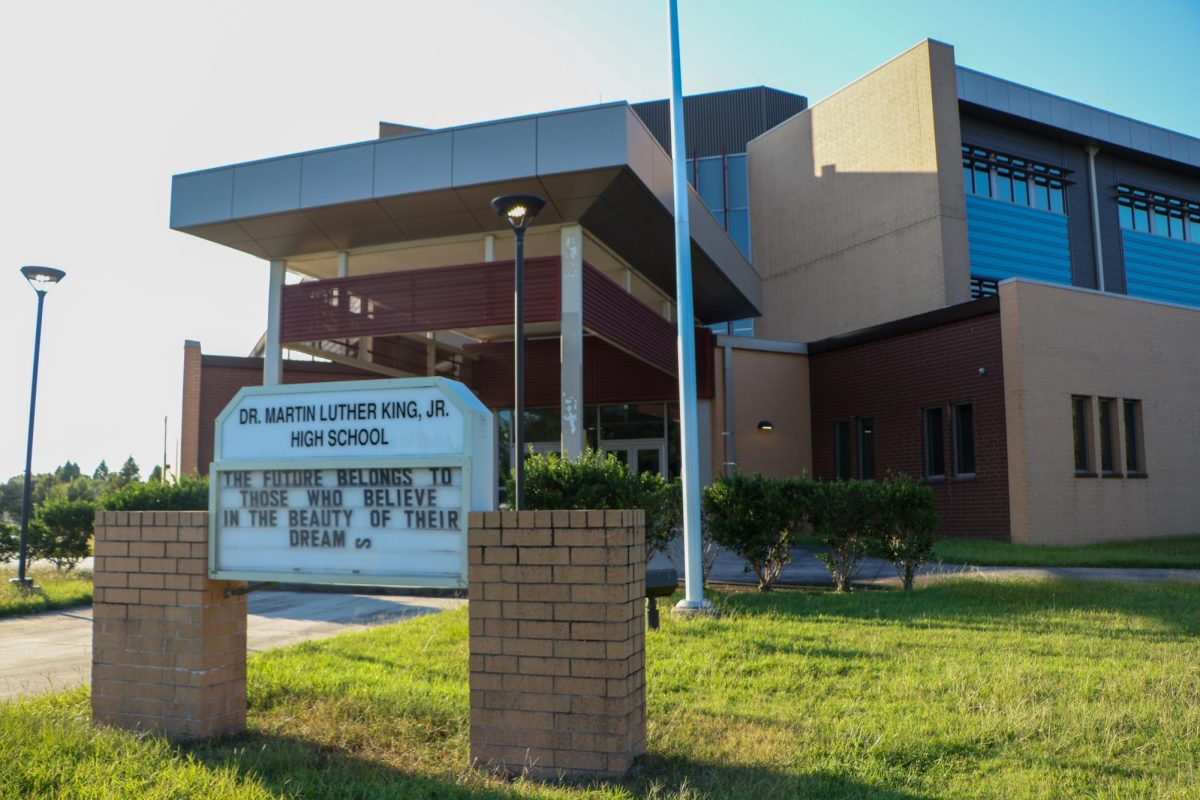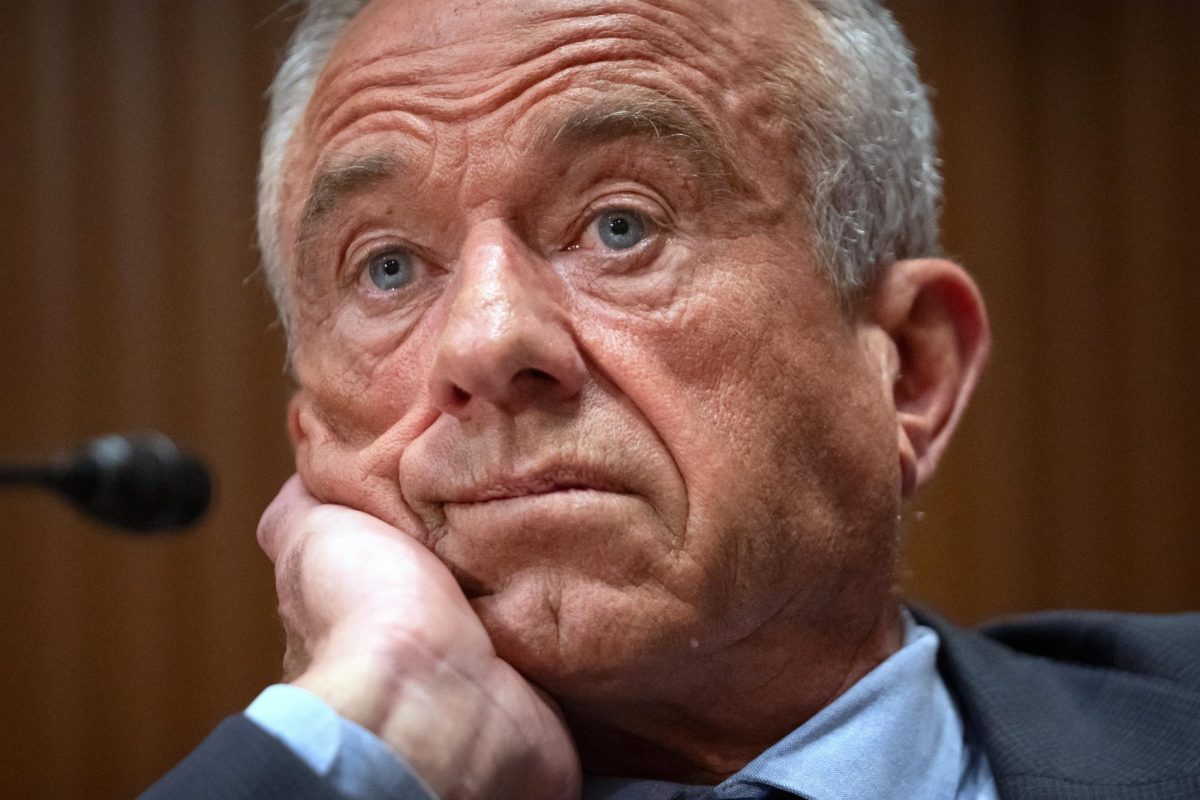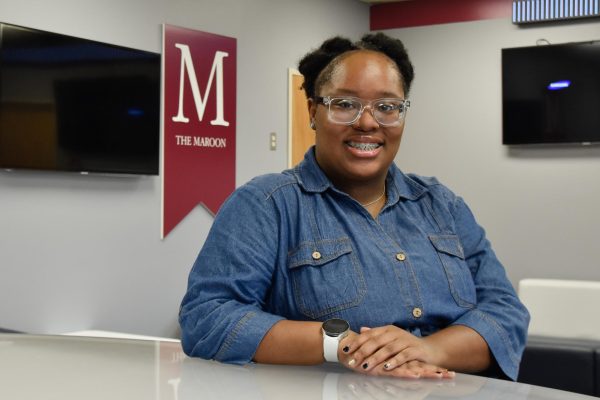
College students and people in their late teens to early 20s are a major demographic in the U.S., but they have the lowest voting turnout.
“The process of mobilizing young voters is a real challenge because historically they turn out to vote in lower numbers than older voters,” Sean Cain, associate professor of political science at Loyola, said.
The 2020 presidential election saw 50% of young people voting. That is an 11% increase from the 2016 election. For the 2022 midterm election, only 27% of people ages 18-29 voted. The highest percentage was for the 2008 election at 66%, according to Our World in Data organization.
“State legislators are becoming more active in trying to make policy decisions that are consequential for their communities, distinct from what the national government does. So we’ve seen a lot of policymaking at the state and local levels in many cities, counties, or Louisiana parishes that are quite consequential for young people, particularly concerning education policy. These types of policies that affect younger voters, are a consequence of elections in which younger voters are even less likely to participate,” Cain said.
There is a level of disconnect between how legislation at the federal level affects citizens, but city and state politics affect day-to-day lives more, despite lower participation.
In his hometown of St. Louis, Missouri, political science junior, Sam Pickering, has begun attending his local city council meetings, and expressed the importance of participating in local politics.
“You’re going to get a lot more out of it because your local government has a lot more say in your life than the federal government,” Pickering said. “Getting immersed in local politics by actually going to those meetings and having your voice heard is critical.”
College aged voters often feel discouraged in regards to participating in national elections, as voting can feel futile at such a large level.
“The general election itself in November will be motivating. But it always starts in our political system, the United States with the presidential election, that gets the most media coverage, the most interest from voters, because they’re most aware of that one,” Cain said.
The buzz surrounding presidential elections tends to encourage voters, even in the younger demographics, but the effects of federal election excitement quickly wears away.
Cain attributes, to a certain extent, a lack of college-aged voter involvement to a lack of representation, as the vast majority of those in office are much older than them.
“When there are young candidates running for office, they mobilize younger voters. But that’s a rare occurrence. So what would help more people run for office is if more citizens believed that they could run for office and have a chance of winning, that it wouldn’t be a waste of their time,” Cain said.
Despite encouragement, the process of voting can be a daunting task with lingering questions to new voters: Where do you go to vote? How do I vote? What if I have to vote by mail? How do I do that?
To vote, you have to register. Once you do that, look up your parish to find the polling locations and identification requirements.
If you want to vote by mail, go to the Louisiana Voter Portal and follow the steps on the website.
“If you have the ability to do something about it and you don’t, then what the h— are we doing?” Pickering said.
Eloise Pickering contributed to the reporting.


